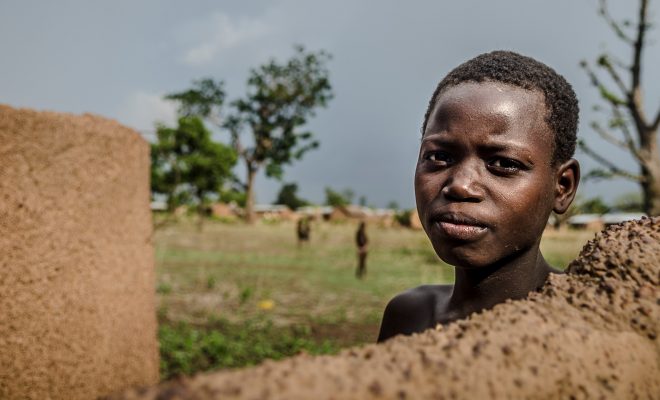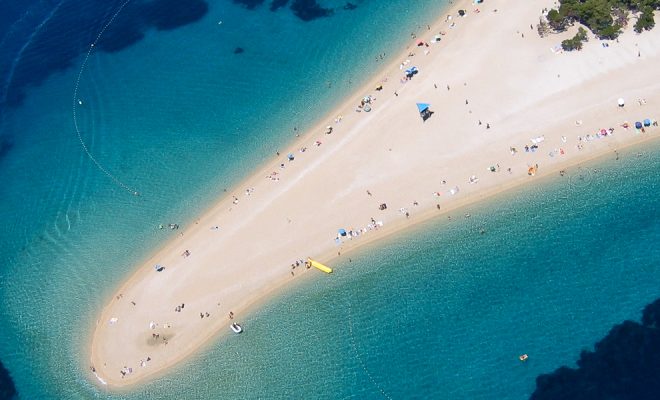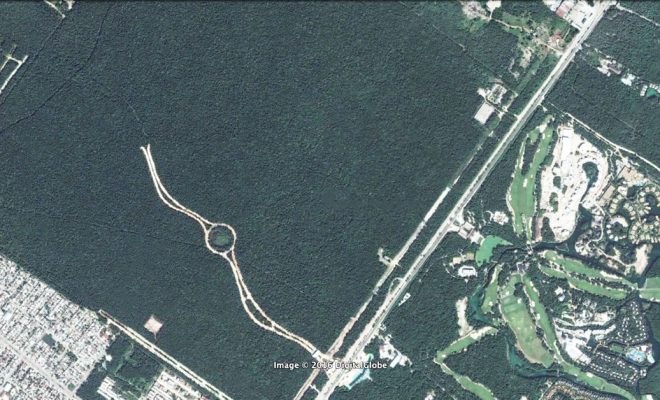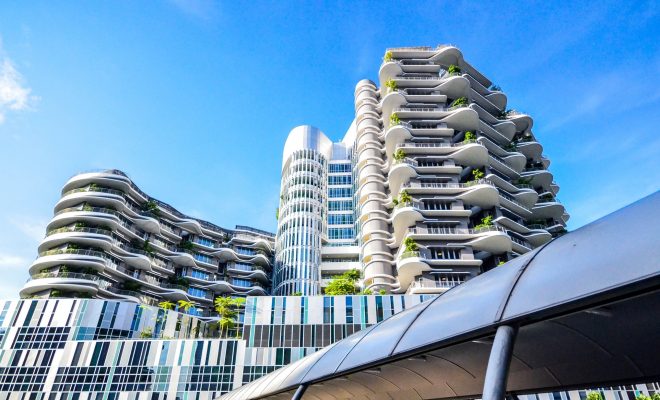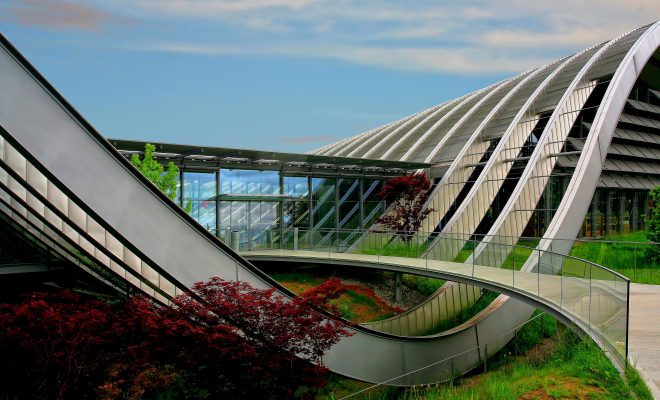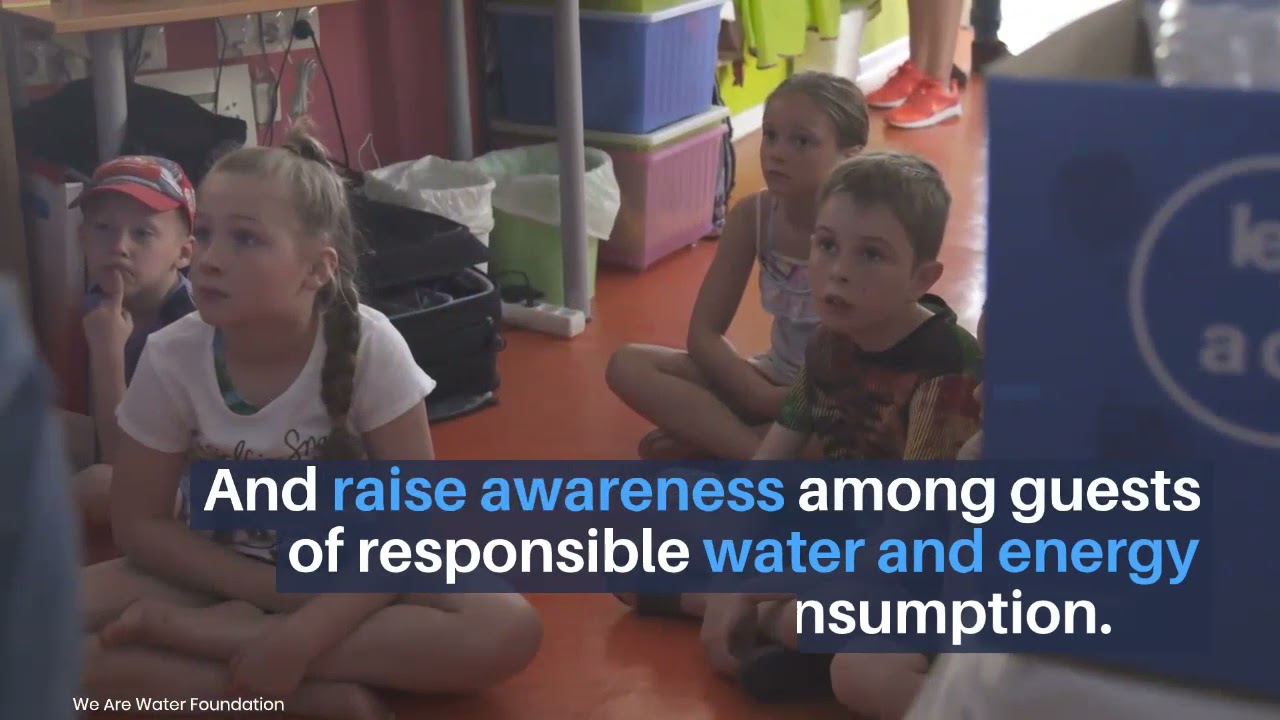
Saving millions of liters of water, raising the awareness of guests of the importance of sustainable practices, turning them into communication agents in their homes and obtaining donations for aid projects in India, Guatemala and Indonesia are achievements that might have seemed overoptimistic a few years ago. Let’s Make a Deal, the initiative developed during the 2018 tourist season with Diamond Resorts, was able to do it. It was an eye-opening experience of the role of tourism as an effective awareness-raising factor in the importance of sustainability in the use of the water.
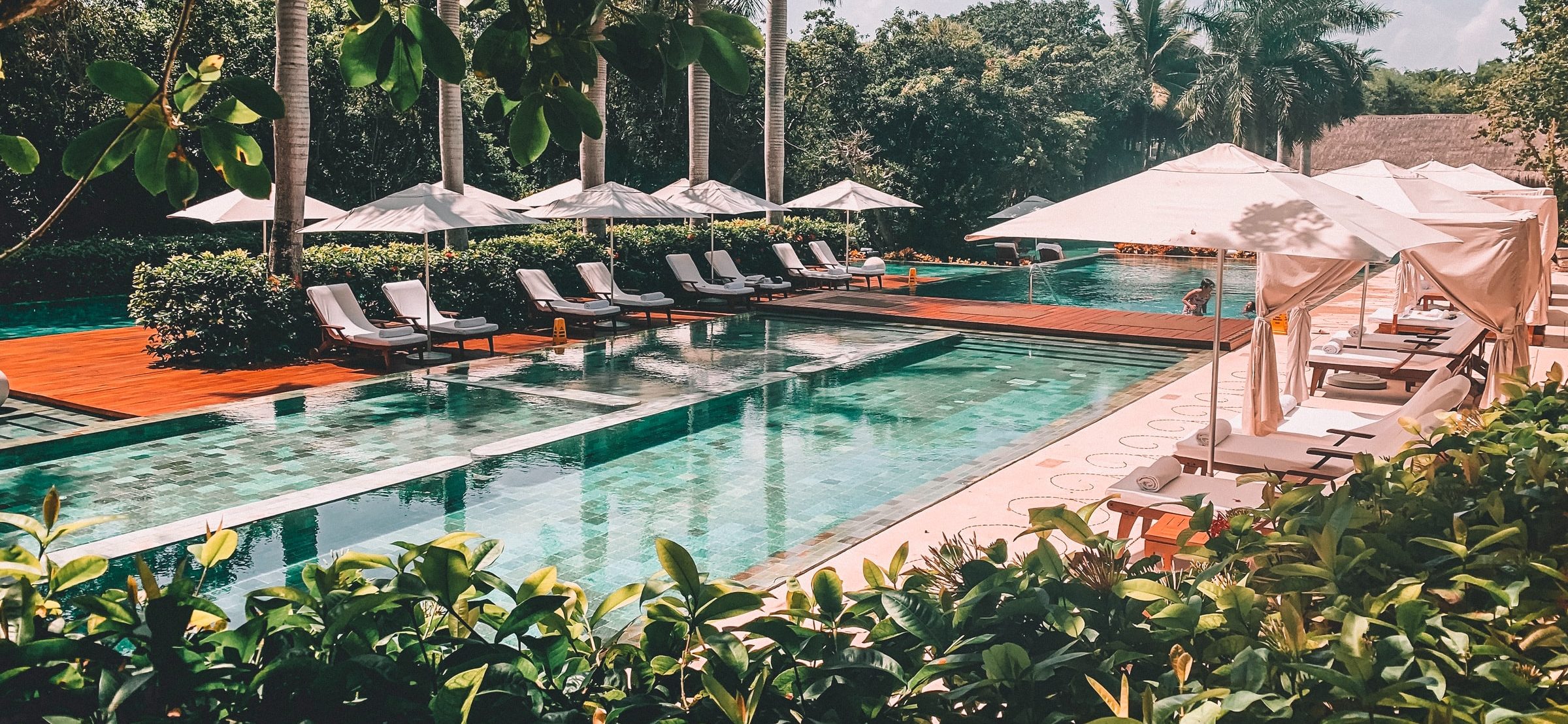
Tourists consume more water than residents and in very different quantities depending on the destinations. © Dayana Brooke-unsplash
In total, 970,000 liters were saved by reducing towel washing alone and 1.02 million were saved by extending the use of sheets. Over 1,500 water filters were installed in toilets and kitchens to allow guests to refill their We Are Water bottles, leading to the saving of more than half a ton of plastic in containers and glasses.
Last October, amidst a crisis in the industry due to the Covid-19 lockdown, architects, developers and professionals of the tourism industry corroborated the importance of these goals at the Smart Water Smart Reaction debate, which took place in the virtual room at the Expo CIHAC Digital in Mexico City.
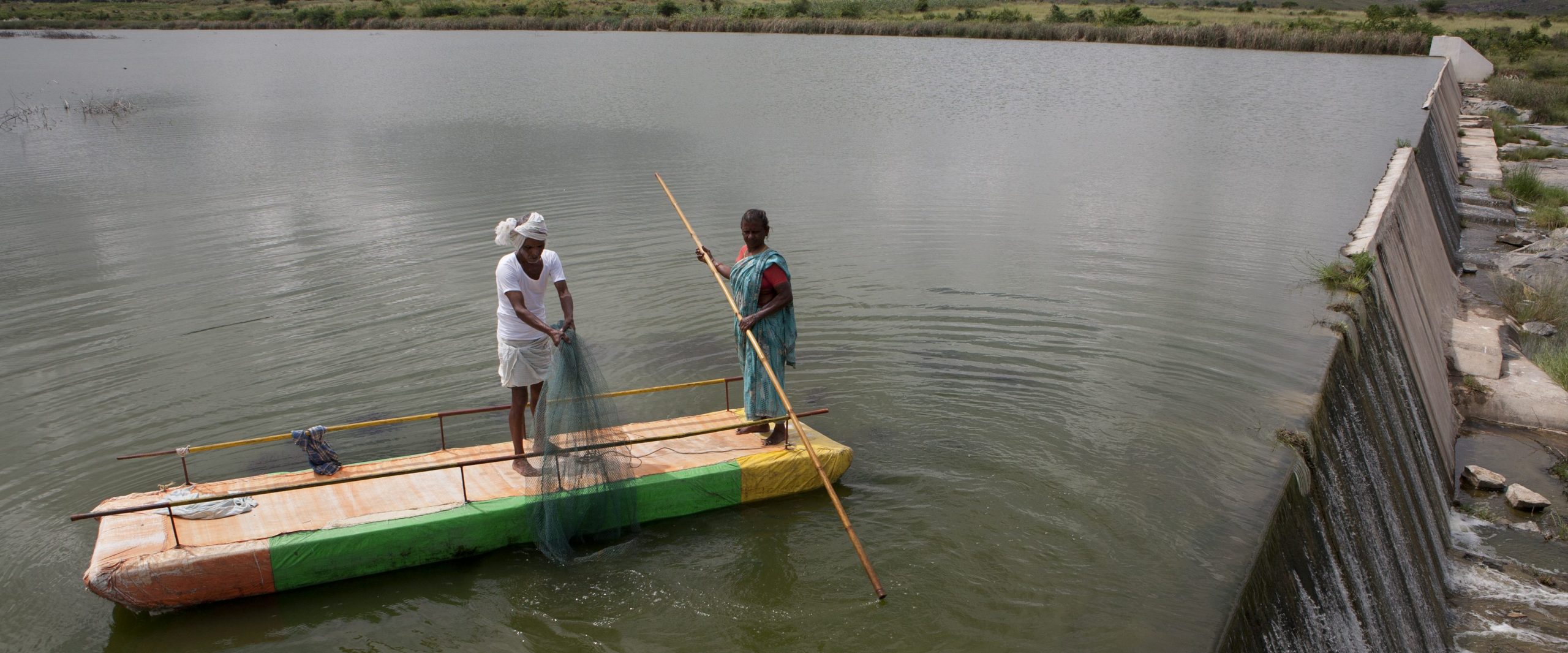
Saving millions of liters of water, raising the awareness of guests of the importance of sustainable practices and obtaining donations for aid projects in India, Guatemala and Indonesia are achievements that might have seemed overoptimistic a few years ago. © Javier Biscayar

Suzana Gomercic, senior vice president of European operations at Diamond Resorts, summarized the results of the initiative in their European facilities, pointing out that saving water had not been the only success: raising the awareness of guests and of the entire staff was much more revealing and encouraging. This was achieved with the development of educational and fun programs, such as the activities of the Aquanauts program for children and their families. Gomercic highlighted: “Combining sustainability and fun activities is ideal to raise awareness of cooperation and create positive habits that guests took home with them. Proof of the success is that we have managed to raise 40,000 euros in donations for the projects of the Foundation. We really managed to bring the message to life”.
More water is spent at the hotel than at home
Saving water is the first step towards a sustainable tourism industry. It is generally acknowledged that tourists consume more water than residents and in very different quantities depending on the destinations. The World Tourism Organization (UNWTO) states that in European hotels, every guest consumes on average around 394 liters per night; in Hong Kong, Singapore, Indonesia or Thailand, the average rises sharply to 677 liters, while in Barbados the figure rockets to 839 liters.
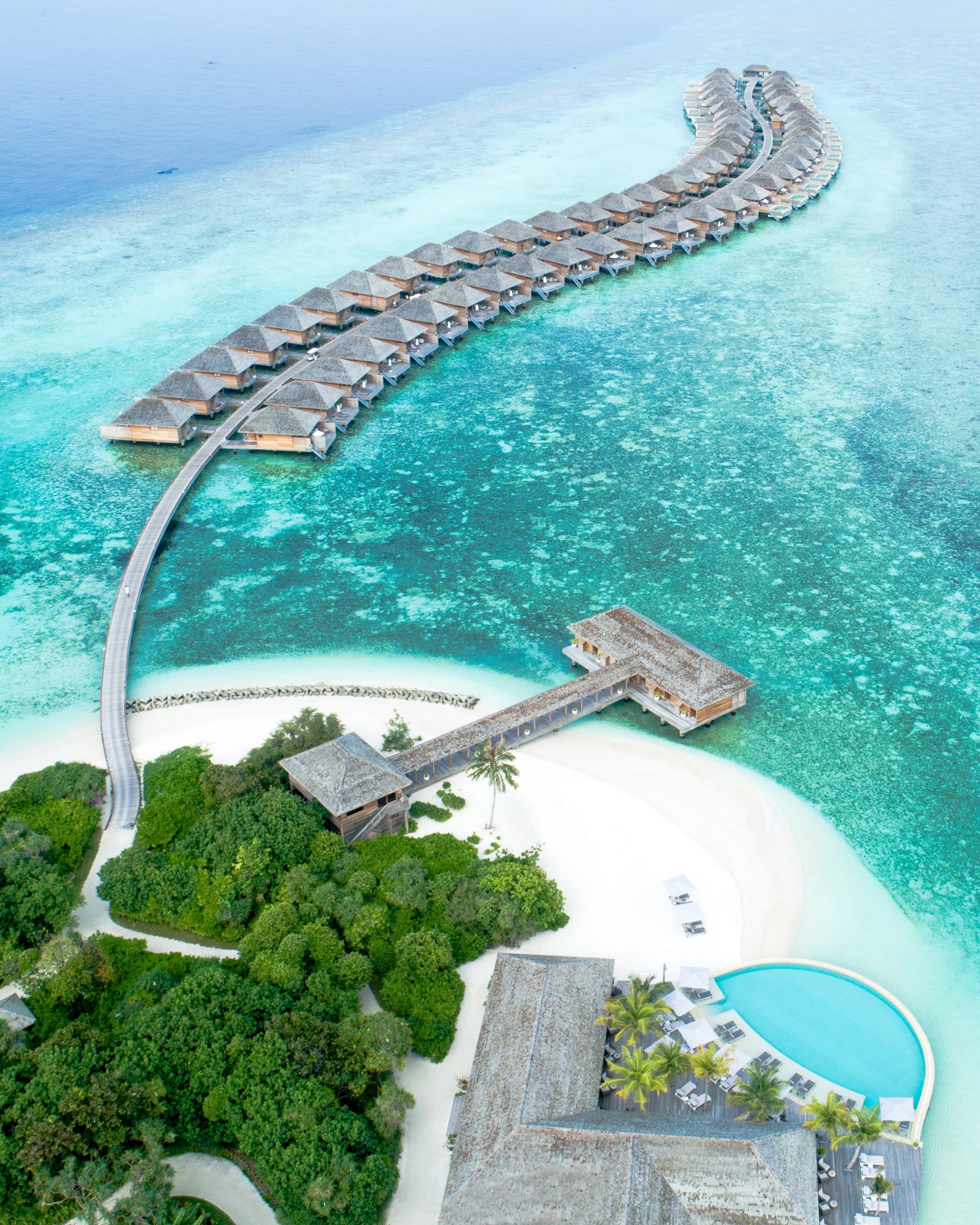
Sustainable tourism is one of the key industries for international economic recovery after the pandemic. © Shifaaz Shamoon-unsplash
If we compare this data to the consumption of guests in their homes, the contrast is striking: an average European consumes between 120 and 150 liters per day at home. If we consider the case of a citizen in Barcelona or Copenhagen, which consumes around 105 liters per day, one of the lowest consumptions in Europe, we see that they can multiply that consumption by four during their holidays in a Mediterranean hotel and by eight if they spend their vacation in a hotel in Barbados. In tourist destinations, per capita water consumption greatly increases when compared to domestic use.
These data are “per capita”; if we consider consumptions per room, in 2017, in tourist facilities in these countries, the usual consumption reached an average of 2,000 liters per day and in some cases even exceeded 3,400 liters per day.
Unsustainable pressure for many regions in the world
International tourism responds to the sun-and-beach claim: 85% of international tourists go to places with water scarcity, with a tendency to concentrate in the summer season in the northern hemisphere, as this is the part of the world that generates the most holiday travelers. The impact on the water resources of local communities is very high.
Recent research has provided in-depth analysis of consumption, offering data that must lead to reflection. Three months before the global lockdown, the University of Palma de Mallorca published a must-read study that advocates an urgent change in the management of water and in the environmental responsibility of hotel owners and tour operators.
These are recommendations that make up the conclusions of the experience of Let’s Make a Deal. The laundry service is an area with a high consumption of water and this is proportional to the number of stars of the facilities. In 3-star hotels it reaches a minimum percentage of 12% of the total consumption, but in luxury hotels located in tropical regions it can reach up to 50% of the total water expenditure, if no measures are taken to contain the laundering of sheets and towels. In these cases, the laundry service is the activity with the highest consumption.
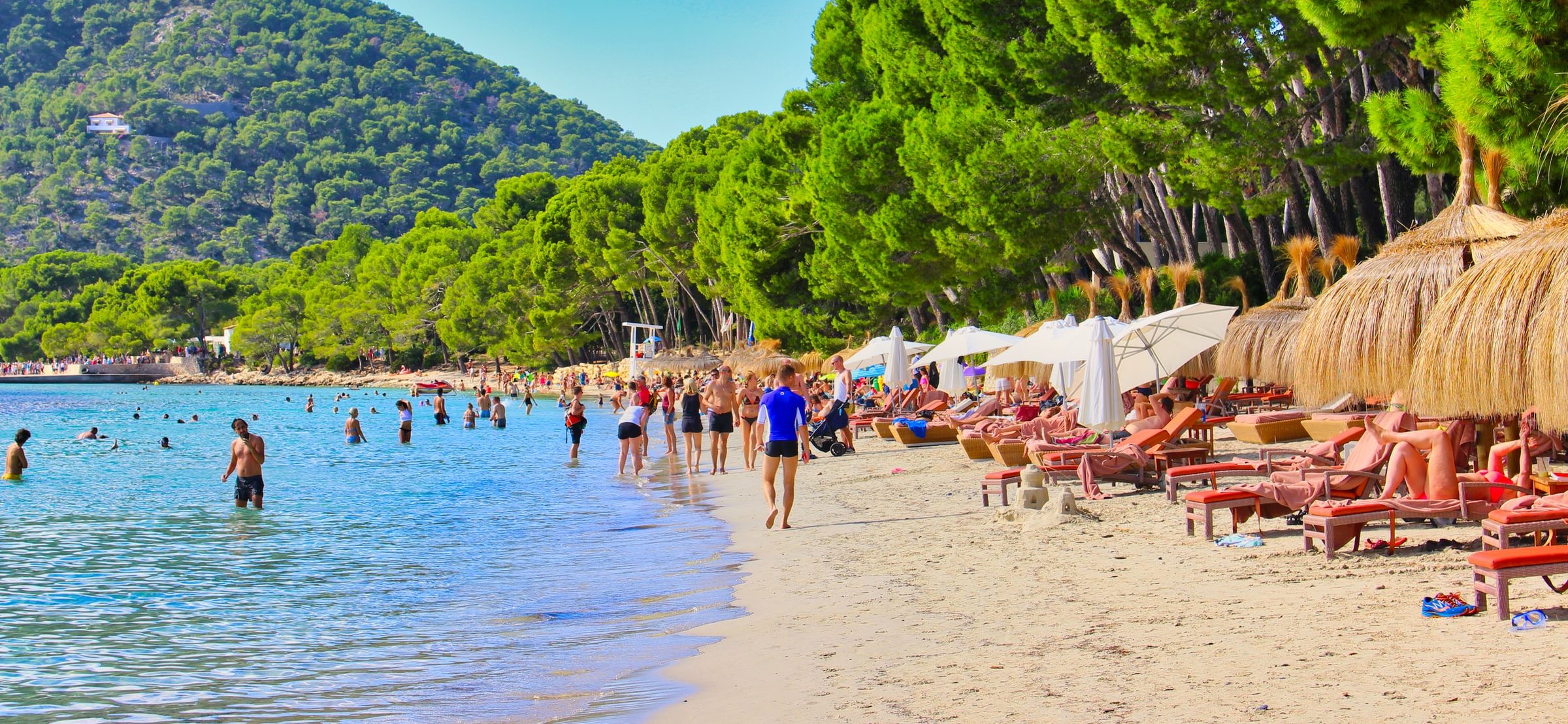
International tourism responds to the sun-and-beach claim: 85% of international tourists go to places with water scarcity. © dj Nick Otronic-unsplash
On the other hand, water consumption is correlated to electricity use. Efficient management measures and the use of recent technological resources can save an important amount of liters and kilowatts. A study by British and Spanish researchers estimates that a hotel with 100 rooms can save at least 227 liters per room and night by implementing the right measures. That hotel could save up to 16,573 m3 of water, 209,541 kWh of energy and 58,436 euros every year.
Encouraging guests to reuse towels and bed sheets and to reduce the duration of their showers can save millions of liters of water all around the world; and many more if WCs with partial flush or faucets with flow limiters are installed. Water sustainability takes a step further in new hotels and resorts, which opt for water recycling for irrigation, the adoption of native flora in gardening, and the collection of rainwater for ecological vegetable gardens. The architecture and design of new tourist destinations are fully embracing smart technologies, using automatic systems that adjust water pressure, detect leaks and monitor consumption.
The tourism industry is aware of its incalculable potential as a tool for the creation of a sustainability culture, a culture that is one of the main assets to overcome the crisis caused by the pandemic. Even before lockdown, sustainable and environmentally-friendly tourism was key to improving a fair distribution of wealth; now it is even more important. With an estimated 1.8 billion travel arrivals worldwide by 2030, the way tourists consume water will determine the sustainability of the planet.



